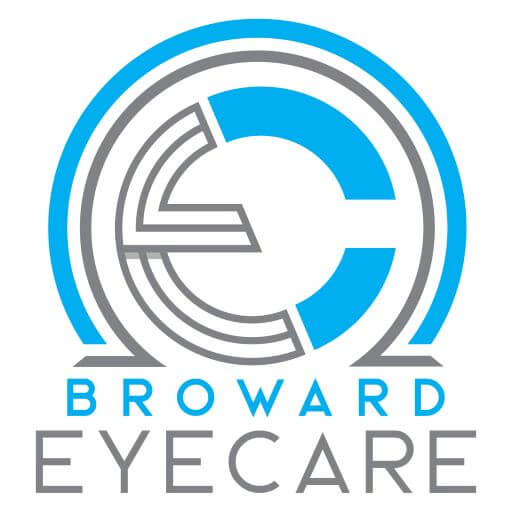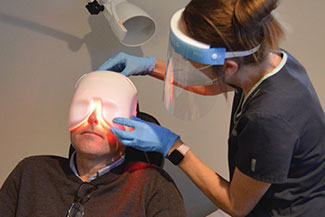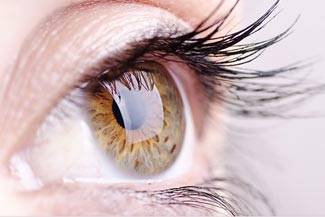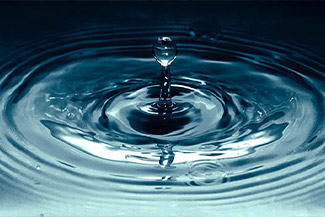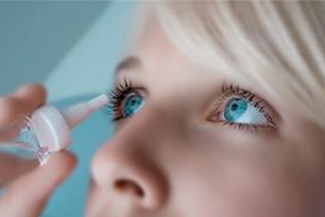What Is Dry Eye Syndrome? (DES)

Dry eye syndrome occurs when tear production and drainage are not in balance. People with dry eyes either do not produce enough tears or their tears are of poor quality. The result? Unpleasant symptoms, including itching, burning, redness, watery eyes, excessive tearing—and even eye pain. Dry eye syndrome can also increase your risk for more serious eye problems like corneal ulcers.
Without treatment or proper medication, DES can worsen over time.
What is Meibomian Gland Dysfunction?
Our tears are made up of three components: the lipid (oil) layer, the aqueous (water) layer, and the mucus (sticky) layer. These components work in unison to lubricate and coat the eyes, keeping them moist and comfortable.
Your meibomian glands control the lipids in the eye (meibum) which combine with water and mucus in the eye area to create a thin film that consistently lubricates your eyes. Meibum is an essential part of your eye’s makeup as it prevents the evaporation of the eye’s tear film.
Meibomian Gland Dysfunction occurs when the meibomian glands fail to provide enough meibum. This can be triggered by various factors and causes the tear film to evaporate at a quicker rate, leading the eyes to feel dry and uncomfortable.
What Causes Dry Eyes?
While over 80% of dry eye cases are due to blocked oil glands in the eyelids — a condition called meibomian gland dysfunction or evaporative dry eye — other factors can also cause this syndrome. These include:
Gender – the majority of dry eye sufferers are women. This tends to be caused by hormonal changes, whether through the use of contraceptives, pregnancy or menopause.
Age – there’s a higher prevalence of DES in those over 50 years of age
Environment – dry wind, dry air and dry climates can evaporate the tears. Home and car heaters, air conditioners, fans and hair dryers also cause tears to evaporate.
Medication – these include antidepressants, decongestants and blood pressure medications.
Auto-immune disorders – Sjogren’s disease and arthritis, among others.

How Do I Know If I Have Dry Eye Syndrome?
Do any of these symptoms seem familiar?
- Gritty, itchy, or stinging eyes
- Excessive tearing and discharge
- Eyes that feel tired or dry
- Increased light sensitivity
- Regularly using eye drops
- Discomfort that worsens as the day progresses
If so, you may have dry eye syndrome.
Popular Dry Eye Treatments & Services
- Do your eyes BURN, STING, or have a SCRATCHY sensation? Are your eyes SENSITIVE to light? Do you have trouble wearing contact lenses due to DRYNESS? You may suffer from DRY EYE DISEASE.
- LipiFlow is an effective doctor-led procedure for Meibomian Gland Dysfunction (MGD), a major cause of Dry Eye Syndrome. The device applies warmth and gentle pressure to the meibomian glands, liquefying the oil blockage.
- Standard dry eye treatments, such as eye drops, artificial tears, hot compresses, and eyelid scrubs, aim to temporarily relieve symptoms instead of treating the root cause of the condition. IPL is unique in that they each target the source
- We aim to restore or maintain the normal amount of tears in the eye to minimize dryness and discomfort. Book a consultation with one of our eye doctors, who can prescribe a customized treatment plan to keep your eyes healthy and comfortable all day, every day.
